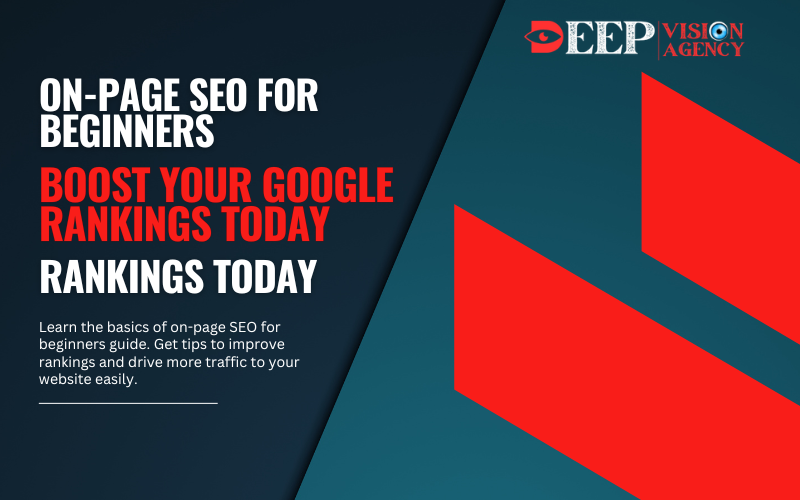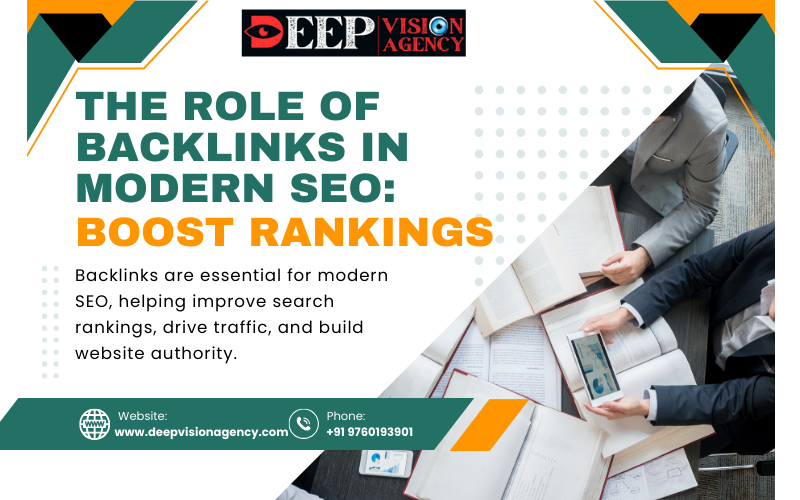On-Page SEO for Beginners: Boost Your Google Rankings Today
Introduction
If you’re new to the world of digital marketing, you’ve probably heard the term “on-page SEO” thrown around. But what does it actually mean, and why should you care? Simply put, on-page SEO is the practice of optimizing individual pages on your website to rank higher on search engine results pages (SERPs) and attract more organic traffic. Sounds important, right? Well, it is—because without solid on-page SEO, your website might as well be invisible to search engines.
Ready to dive in and learn how to master this essential skill? Let’s break it down step by step.
Understanding the Basics of On-Page SEO
What Exactly Is On-Page SEO?
On-Page SEO refers to all the measures you take directly on your website to improve its search engine rankings. This includes everything from optimizing content and HTML source code to ensuring your pages are mobile-friendly. Unlike Off-Page SEO, which focuses on backlinks and external factors, On-Page SEO gives you direct control over your site’s performance.
Why Does On-Page SEO Matter?
Think of on-page SEO for Beginners as the foundation of a house. Without a strong foundation, everything else crumbles. A well-optimized page not only helps search engines understand your content but also provides a better user experience.
Key Elements of On-Page SEO
Content Optimization
Content is king. But it’s not just about writing—it’s about writing well. High-quality, original content tailored to your target audience is the backbone of on-page SEO. Use relevant keywords naturally throughout your content, but avoid stuffing them in every sentence.
Title Tags and Meta Descriptions
Your title tag is the first thing users see on the SERPs. Make it eye-catching and concise, and include your target keyword. Similarly, a well-crafted meta description can significantly improve your click-through rate (CTR).
URL Structure
An SEO-friendly URL is short, descriptive, and free of unnecessary parameters. Instead of something like [insert example]www.example.com/page?id=123, aim for [insert example]www.example.com/on-page-seo-basics.
Header Tags (H1, H2, H3)
Headers aren’t just for organizing your content; they’re also for signaling importance to search engines. Use your H1 tag for the main title and H2, H3, etc., to break your content into digestible sections.
Image Optimization
Images are essential for visual appeal but can slow down your site if not optimized. Use alt text to describe your images and compress them to improve loading times.
Internal Linking
Internal links guide users to other valuable pages on your site and help search engines crawl your website more effectively. For example, link your “Contact Us” page within a blog post to encourage further engagement.
Mobile-Friendliness
With mobile searches surpassing desktop, having a responsive design is non-negotiable. Google rewards websites that provide a seamless mobile experience.
Advanced On-Page SEO Tips for Beginners
Using Schema Markup
Schema markup is code you add to your site to help search engines understand your content better. It can lead to rich snippets, like star ratings or product prices, making your listing stand out.
Page Loading Speed
A slow website frustrates users and harms your rankings. Use tools like Google PageSpeed Insights to analyze and improve your loading speed.
Readability and User Experience
Write for your audience, not just search engines. Use short paragraphs, bullet points, and conversational language to keep readers engaged.
Common On-Page SEO Mistakes to Avoid
Overusing Keywords
Keyword stuffing is a big no-no. Instead, focus on placing your primary and secondary keywords naturally within the content.
Ignoring Meta Tags
Skipping meta tags is like leaving a book without a title. Don’t overlook this small but critical detail.
Neglecting Mobile Optimization
A poor mobile experience can drive users away and hurt your rankings. Ensure your site is responsive and easy to navigate on all devices.
Measuring Your On-Page SEO Success
Tools to Monitor Performance
Use tools like Google Analytics and Search Console to track your site’s performance. These platforms provide insights into traffic, bounce rates, and more.
Tracking Metrics
Focus on metrics like CTR, organic traffic, and bounce rate to gauge the effectiveness of your on-page SEO efforts.
Conclusion
On-page SEO might seem overwhelming at first, but with the right strategies, you’ll see significant improvements in your rankings and traffic. Remember, consistency is key—SEO isn’t a one-and-done deal. Keep refining your efforts, and success will follow.
FAQs
- What is the difference between on-page and off-page SEO?
On-page SEO focuses on elements within your website, like content and HTML. Off-page SEO involves external factors, such as backlinks. - How often should I update my on-page content?
Regularly update your content to keep it fresh and relevant, especially if you’re targeting competitive keywords. - Can I do on-page SEO without technical knowledge?
Absolutely! Many aspects of on-page SEO, like content and meta tags, don’t require coding skills. - How do I find the best keywords for my site?
Use tools like Google Keyword Planner, Ahrefs, or SEMrush to identify keywords relevant to your niche. - Does on-page SEO guarantee first-page rankings?
While it’s a crucial factor, on-page SEO alone won’t guarantee rankings. It works best when combined with off-page SEO and quality content.
You may also like: Digital Marketing, Best Digital Marketing Services, SEO Services, Website Design and Development, Pay-Per-Click (PPC) Advertising, Social Media Marketing (SMM), E-Commerce Services
Follow Us: Quora, Facebook, Instagram, Twitter





